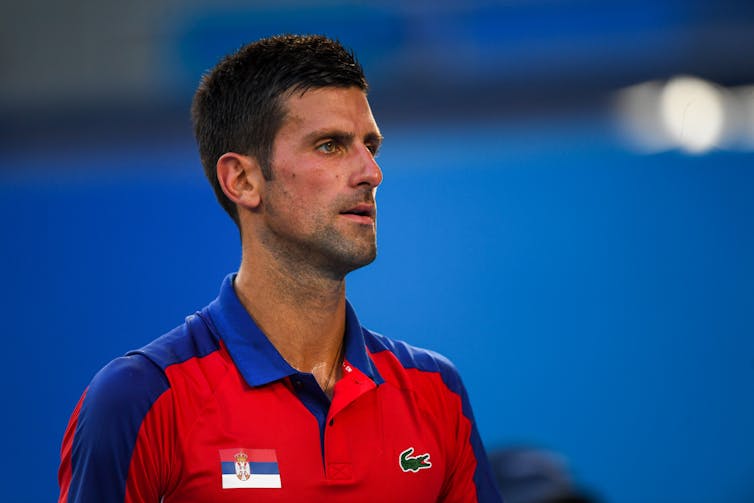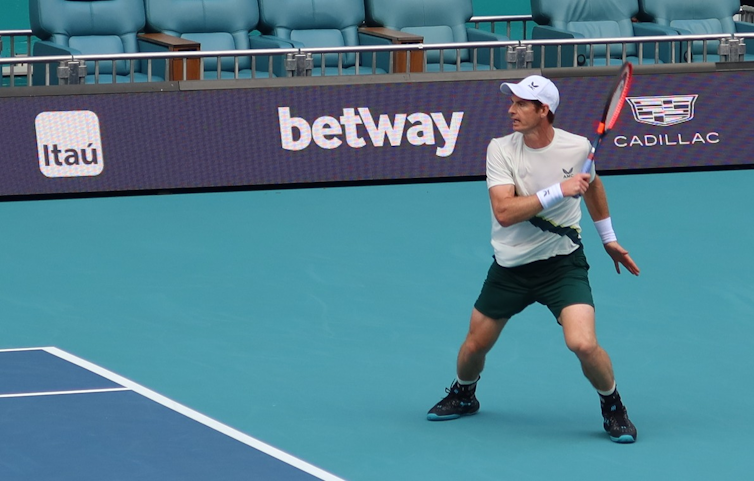
Can Wimbledon 2023 regain its status as the number one grand slam on the tennis tour? It certainly has the potential to achieve this status with the All England Lawn Tennis and Croquet Club’s (AELTC) reversing its ban on Russian and Belarusian tennis players.
This action allows these players to now compete as “neutrals” at Wimbledon and ends a year-long stance against their participation. It is a smart strategic and financial move that will be good for tennis in the UK - the players, fans and the tennis sports industry.
The ban on Russian/Belarusian players was first announced April 20 2022 by Ian Hewitt, chairman of the All England Club responsible for managing the Wimbledon Championships. This decision was supported by the UK Lawn Tennis Association (LTA) which put in place similar bans for tournaments that lead up to Wimbledon. This was done so that there was a “consistent approach” across UK tennis.

The international Association of Tennis Professionals (ATP) immediately criticised the ban as unfair discrimination against players and stripped Wimbledon of its ability to rank players in the grand slam, effectively reducing it to an exhibition event that some players stayed away from. It subsequently introduced UK$200,000 (£164,018) fines for each LTA event ATP players were banned from, and was joined by similar sanctions from the Women’s Tennis Association. The threat of LTA expulsion from the international tennis tour also hung over this cloud of multi-million dollar fines should the ban continue into 2023.
Not detrimental
Wimbledon’s ban was initially implemented because of fears of a propaganda coup for Putin should a Russian or Belarusian player such as Daniil Medvedev win and be photographed being awarded a trophy by British royalty or beating British former Wimbledon champion Andy Murray in the process. In one unilateral action, Wimbledon became a highly politicised sporting event, treating players according to their ethno-national background rather than their playing abilities.
Although a Russian/Belarusian victory might still come to pass in July, the anticipated awkward clashes and interactions on and off court between Russian/Belarusian and Ukrainian or Ukrainian-supporting players have been contained without being detrimental to the tennis ecosystem.
In April, Russian player Anastasia Potapova was formally warned for wearing a Spartak Moscow football shirt on court during the BNP Paribas Open (Indian Wells) in California. She has not worn it since.
Animosity was visible between Potapova and Ukrainian Marta Kostyuk in the next tournament she faced - the Miami Open. There, Kostyuk refused to shake hands with a player from the country her homeland is at war with. The WTA responded by reaffirming its support for Ukraine.
And in January at this year’s first slam in Melbourne, Novak Djokovic was embarrassed by his father’s behaviour and had to ban him from attending his matches after Srdjan Djokovic was seen posing for photos with fans, standing beside one waving a Russian flag with Putin’s face in the middle and with the pro-invasion “Z” symbol emblazoned on the fan’s T-shirt.

There was no political fallout from this personal ban imposed, and Djokovic went on to win the Australian Open.
Courting the tennis ecosystem
There is pressure on tournaments at every level to modernise and grow. The AELTC itself has controversial expansion plans and neither the AELTC nor the UK governing tennis body can risk further fines, loss of sponsorship, or loss of status by keeping the player ban in place.
Predictably, the AELTC has been cautious in its route back in line with the International Tennis Federation (ITF), the WTA and the ATP. Wimbledon seeks to avoid the “disruptions of the ban as well as the tensions between players arising from the Russian-Ukrainian war.
This all compounded to result in the LTA making a loss in the last financial year. Reversing the player ban brings players and rankings back to Wimbledon. It also conveniently halved last year’s WTA fine and has given the LTA the initiative to negotiate with the ATP with respect to their 2022 season fine.
While the money from the fines was allocated to Ukrainian relief funds, this is money that the LTA needs to recoup for UK tennis to survive.
Lifting the ban at Wimbledon will add to the players’ challenge by bringing additional top-draw quality to the Wimbledon Championships. It will also add a containable edge to the matches. The fans will be looking to see how a recent friendly wave seen at the Madrid Open between Russian Daria Kasatkina and Ukrainian Lesia Tsurenko grows into a more visible peace.
Last year Andy Murray was awarded the Arthur Ashe Humanitarian Award after donating nearly his entire season’s winnings (£510,000) to Unicef’s programme assisting children affected by the invasion of Ukraine.

This year, Murray must work hard in the tournaments leading up to Wimbledon to retain his seeded status and avoid playing against the likes of Medvedev early in his campaign. Whether it is in the early rounds or later in the finals, a Murray/Medvedev match will favour the Russian for a win, but the clash is containable and will be to the advantage of the championship, the fans and UK tennis.
Jonathan Peter Skinner received funding for a research mobility from the EventRights network (http://eventrights.net/), under the Marie Curie Horizon 2020 Research and Innovation Staff Exchange Scheme.
This article was originally published on The Conversation. Read the original article.







